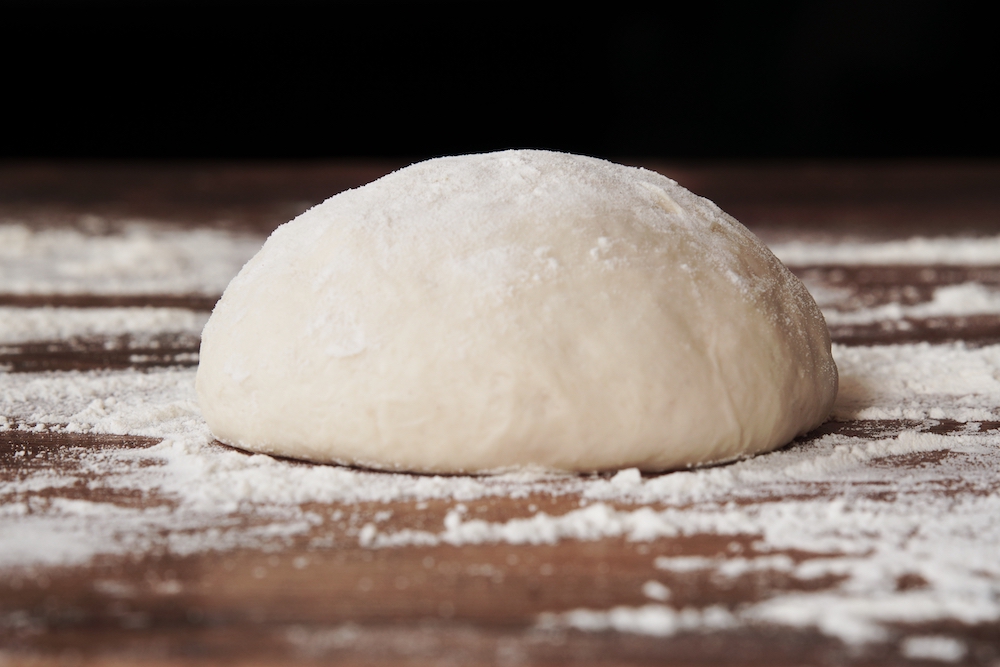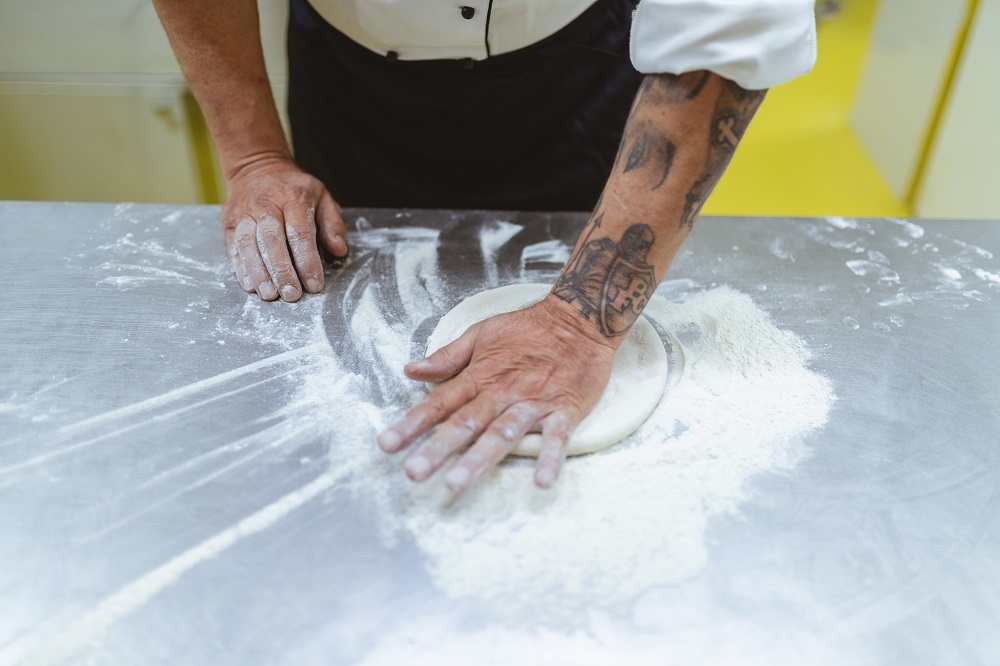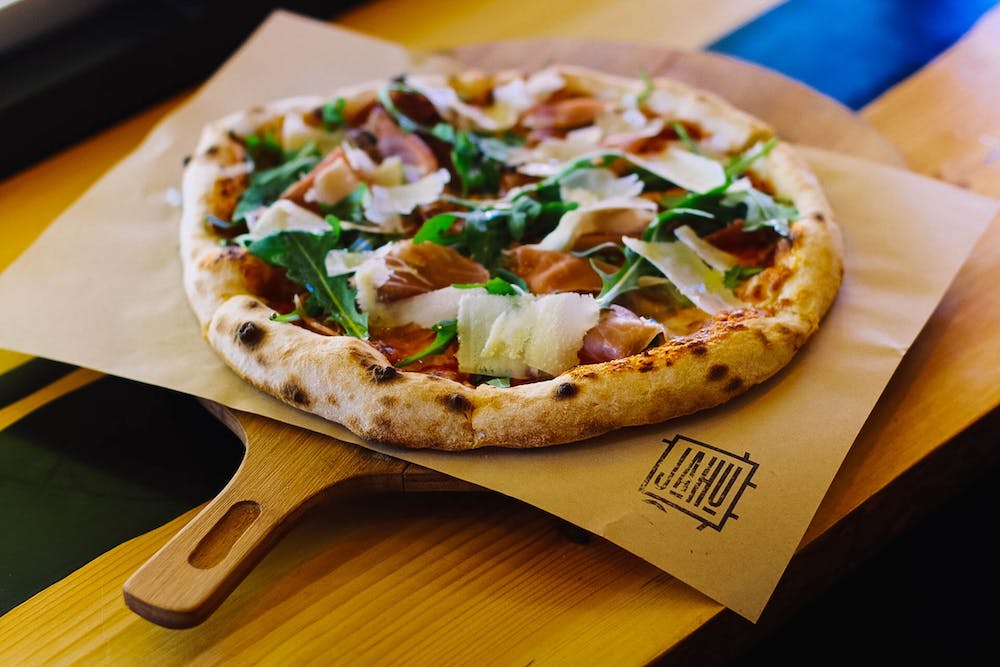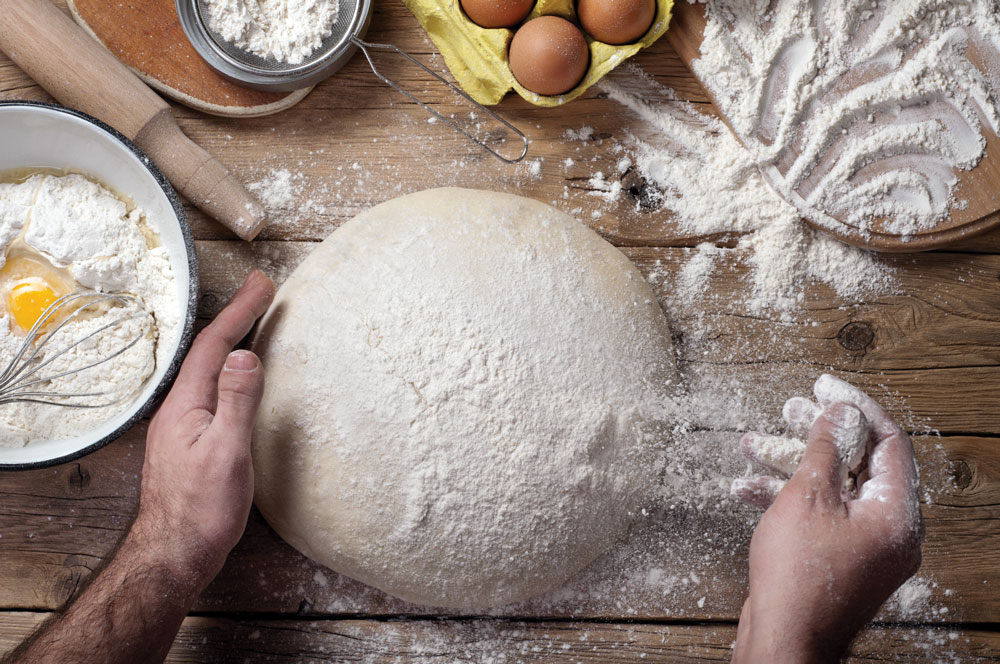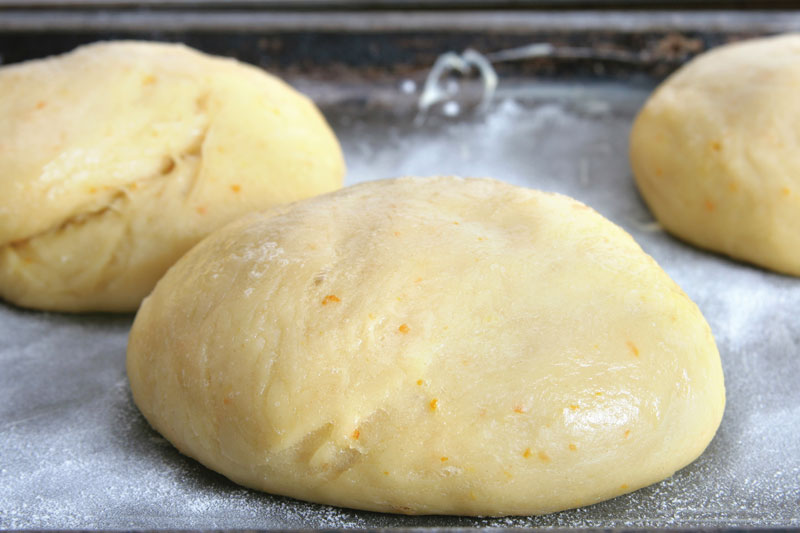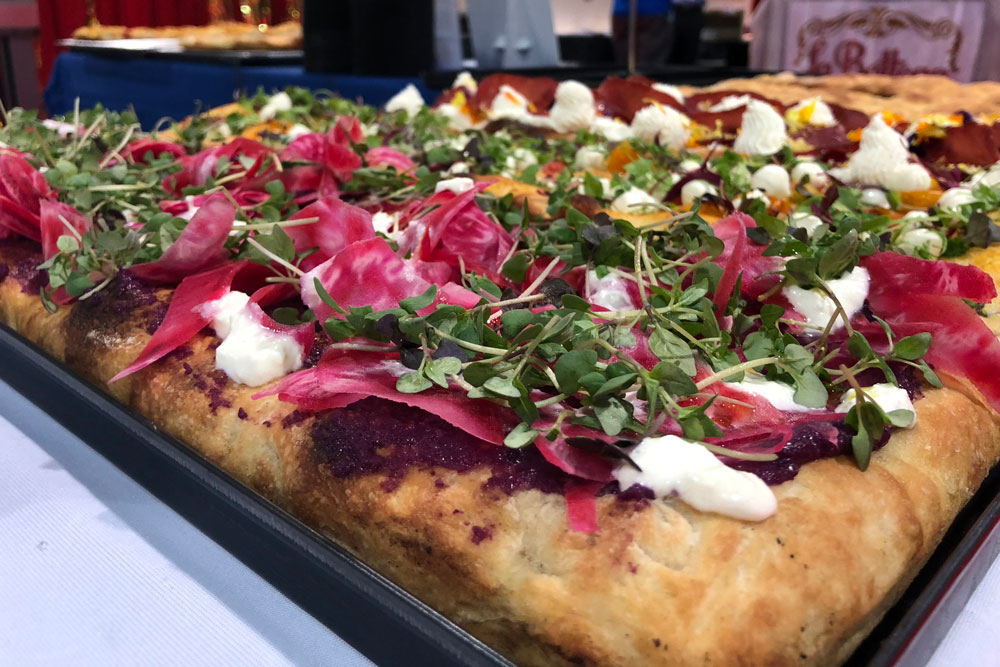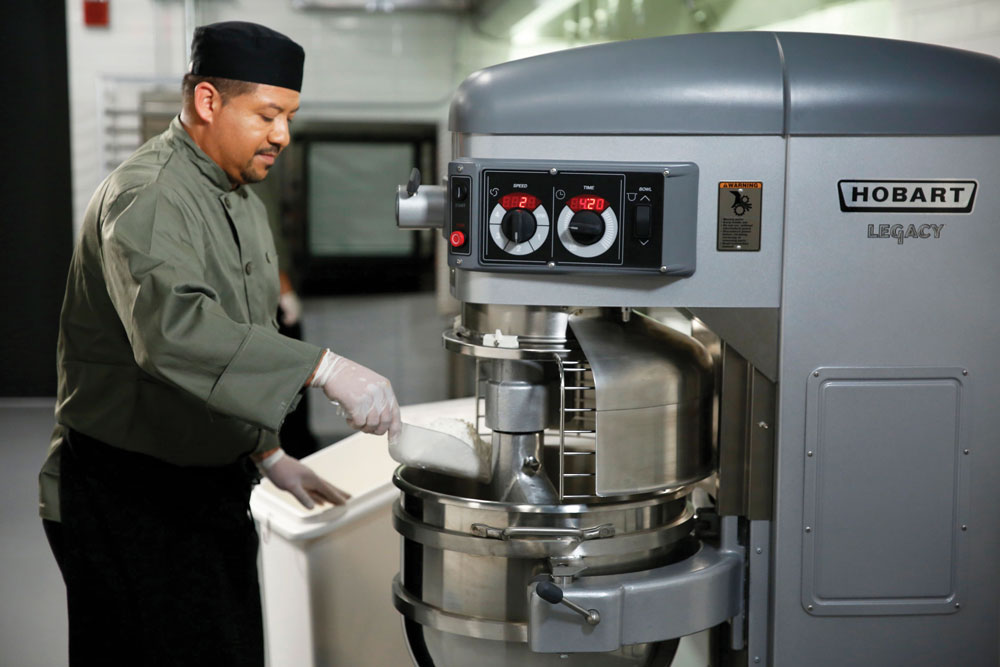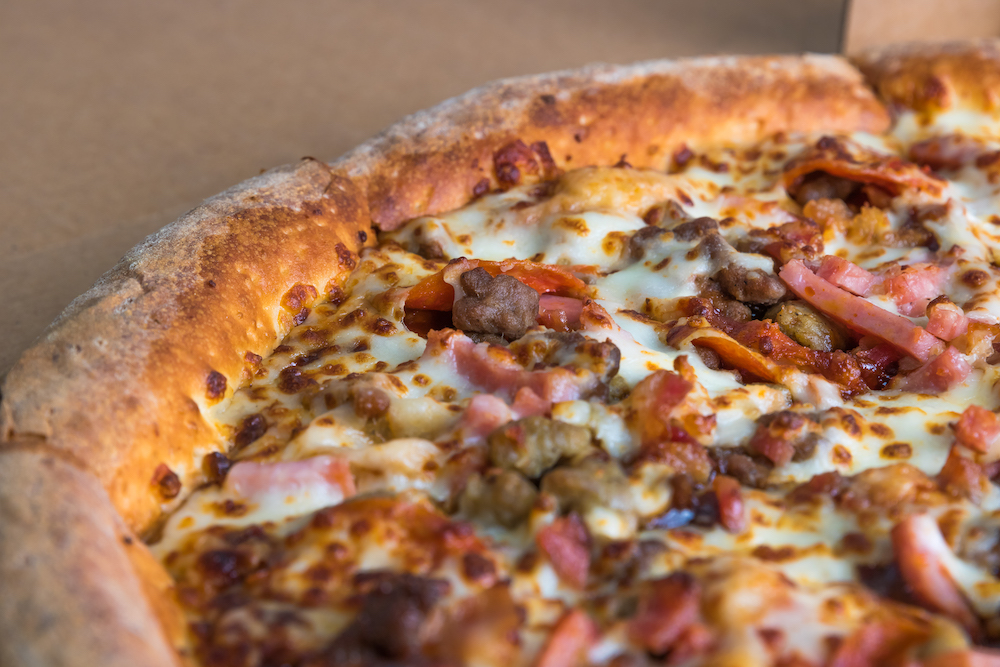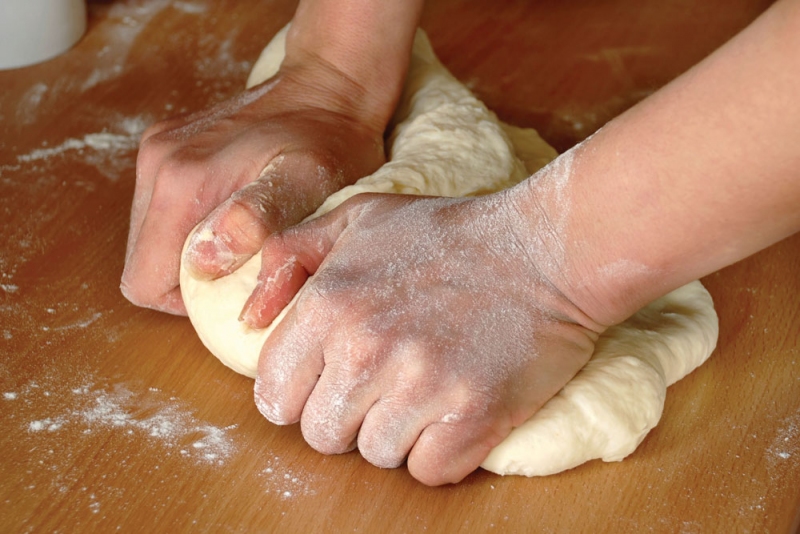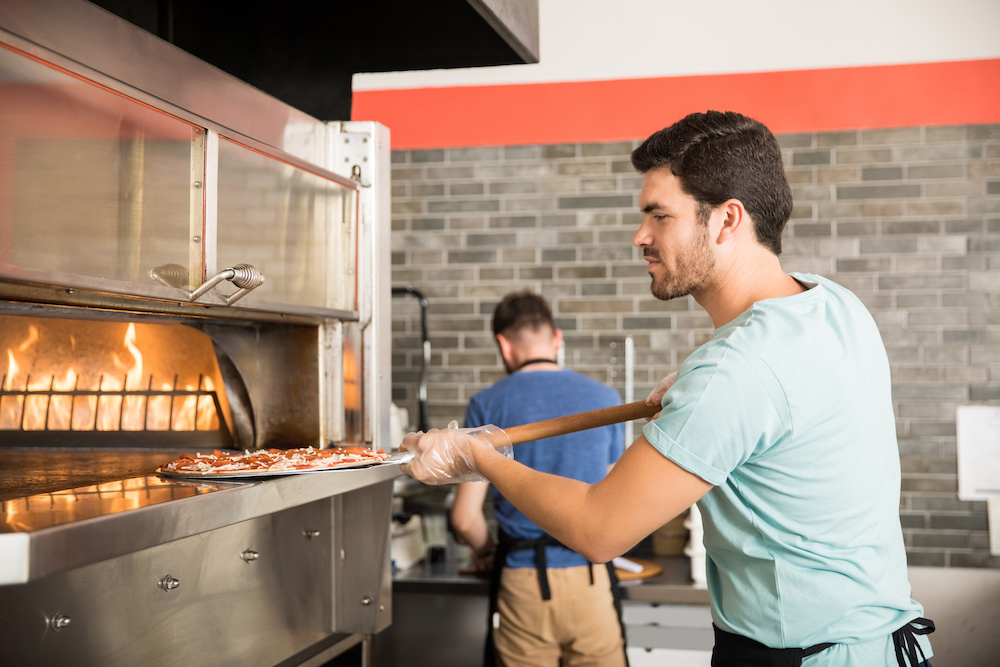
From time to time, I get asked the question “Where have you had the best pizza?” In all probability, my answer was, “The last one I ate.” Except for the one and only pizza that was made with ketchup for pizza sauce, I don’t think I’ve ever had a pizza that I didn’t like in some way, or couldn’t learn to like over time.
The truth of the matter is that it isn’t pizza that lights my candle; it’s the service associated with the pizza that really gets my attention. Case in point: Recently, I was on vacation in northwest Arkansas, chasing whitetail deer over a good portion of the landscape. As luck would have it, one day was warm and rainy, and the deer refused to cooperate, so three of us (my brother-in-law, a hunting friend and yours truly) packed into the truck and headed for the bright lights of Huntsville, Arkansas, to restock the food pantry and grab some lunch at a local restaurant. Our lunch of choice was pizza, and we found ourselves directly across the street from a neat little pizzeria called That Little Pizza Place. There we were, three deer hunters (looking the part, too) walking into a pizzeria with a soup and salad bar and a dining area filled with booths.
The first clue that this was going to be a good dining experience: We were met by a friendly and helpful waitress who was very familiar with the menu and the different types of pizzas available. As it turned out, each of us opted for the soup and salad bar, along with a personal-size pizza with our choice of toppings. The soup was hot; the salad bar was clean and appetizing; and the pizza was delicious. True, we probably would have eaten anything that we didn’t need to chase down that day, but the point still remains that we had a great experience, which just goes to underscore what I’ve always said: “If the food is good and the quantity is sufficient, it’s the presentation that can turn an average meal into something special.” We were all made to feel special and welcome at That Little Pizza Place. Call it Southern hospitality if you want, but we all look forward to going back next year when we take a break from deer hunting.
QUESTION:
We’re thinking of making wheat or whole wheat grilled calzones. I’ve read about making grilled pizzas, but what about calzones?
ANSWER:
Grilled calzones are as good as grilled pizzas, and just about as easy to make. The difference between wheat and whole wheat is the amount of whole wheat flour used in the dough formula. Whole wheat is made from 100% whole wheat (no white flour), whereas wheat is made from a blend of both whole wheat and white flour (typically 25% to 50% whole wheat fl our is in the blend).
You can use your regular pizza dough for making calzones, or you can make a dough just for calzones. Here’s a dough formula that can be used for both pizza and calzones:
- Whole wheat flour: 50%
- White pizza flour: 50%
- Salt: 2%
- Honey: 5%
- Butter: 3%
- Instant dry yeast: 0.5%
- Water: 60% to 62% (65°F)
Prepare the dough as you would your regular pizza dough, keeping in mind that this dough will be a little softer and stickier than regular pizza dough (this is normal, so don’t add more flour to the dough in an effort to dry up the dough; you will just ruin the quality of the finished calzones).
The dough will improve as it sets (in the cooler), and in a couple of hours, or the following day, the dough will feel pretty normal. Shape the dough skins and fill with your favorite fillings. My personal favorite is a blend of half mozzarella and half ricotta cheese, to which I add a couple of cut fresh basil leaves and a few pieces of sun-dried tomato (that’s the base filling). To that I add the fillings requested on the order.
Keep in mind that only precooked meats should be used, and grilled or blanched vegetables are actually better than fresh, since they are easier to cook. Once you have the calzone filled and the edges well sealed/crimped, place it on a screen or a baking disk and cut three or four slits diagonally across the top of the calzone to allow steam to escape. Brush the top of the calzone with whole milk, olive oil or melted butter, sprinkle on some sesame seeds if you wish, and take that bad boy to the grill.
Put the calzone on a covered grill at 400°F, keeping it as far away from the heat as possible. This will allow for a slower bake and better heating/cooking throughout. The calzone is finished when the crust is a rich golden brown in color. If you are using a gas grill and want to add a smoky flavor, soak some wood chips (apple, cherry or mesquite) in water for an hour and place them in a metal container in the grill. The heat will cause the wood chips to begin smoking and give the desired flavor. If you didn’t already sprinkle the top of the calzone with sesame seeds before putting it on the grill, as soon as you remove the calzone from the grill, brush with melted garlic butter and sprinkle with a blend of powdered Parmesan and Romano cheeses. Cut the finished calzone in two diagonally and serve with a cup of dipping sauce (ranch dressing, garlic butter or marinara sauce). Now, that’s some fine eating!
QUESTION:
Is it possible to get New York-style pizza characteristics when using one of the new conveyor ovens?
ANSWER:
Yes. I have been working with both the Middleby Marshall and Lincoln Foodservice Products air impingement ovens to get a true New York-style bake on thin-crust pizza. We have been quite successful only when using the dark-color baking disks (such as those from www.pizzatools.com). When we used the expanded mesh screens, we were able to get only a uniformly brown bottom on the pizza, which did not resemble anything that I’ve seen come out of a New York pizzeria. Our best results have come from working with disks that have large-diameter holes across the entire center section of the disk and a solid edge around the perimeter of the pan; this configuration allows the pizza to be baked at a higher temperature and for a longer period of time than would otherwise be possible—without turning the crust edge into a hard “pizza bone.”
Most recently, we have been working with Pizza Tools to further define the size and placement of the holes in the baking disks to achieve an even more pronounced New York appearance and flavor for the pizzas baked on these disks. The larger diameter of the holes allows for the development of dark, almost burned spots on the bottom of the crust. These darkened portions of the crust have a significant effect upon both the appearance and flavor of the finished pizzas, while the solid-edge section helps to prevent overbaking of the crust edge. Isn’t it amazing how technology keeps evolving to give us different and better pizzas?
QUESTION:
I’ve been reading and hearing a lot about some of the new conveyor ovens being able to bake pizzas in less than five minutes. What is your opinion about this?
ANSWER:
I’ve never been an advocate of fastbaking a pizza, but I must admit that I’ve had to rethink this attitude after I was recently invited out to the test kitchens of Lincoln Foodservice Products to see and test for myself the company’s new Fast-Bake Impinger Conveyor Pizza Oven. With this new technology, I was able to bake both thin- and thick-crust pizzas (loaded with scads of toppings) faster than I had previously thought possible. The best part was that the finished pizza crust didn’t have even the slightest hint of a gum line, and the surfaces of the multiple-topping pizzas were as dry as, or drier than, any that I’ve seen come out of an air impingement oven with a 20% to 30% longer baking time. This is quite an achievement for the folks at Lincoln, and, while I have not had a chance to personally see or work with a similar baking concept from Middleby Marshall, the WOW! Oven, I’m guessing that it is also up to the advertised task of providing a faster, more efficient bake than their other ovens or baking profiles. Once more, technology scores again, giving us better pizzas with shorter baking times!



